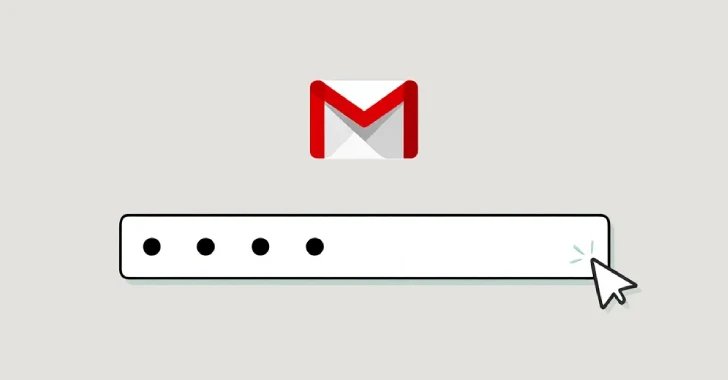Essential Insights
-
Novel Tactics: Threat actors linked to Russia are exploiting Google’s application-specific passwords (ASPs) to access email accounts of targeted academics and government critics through sophisticated social engineering methods.
-
Targeting Strategy: The campaign, attributed to threat cluster UNC6293 (possibly APT29), involved building rapport over weeks and using deceptive emails appearing as meeting invitations from fictitious State Department addresses to trick victims into providing their ASP passcodes.
-
Execution and Access: Once victims share the 16-digit ASP passcode, attackers gain persistent access to their mailboxes, facilitating the reading of sensitive correspondence under the guise of enabling secure communications.
- Broader Implications: This attack reflects advanced social engineering techniques previously seen in other hacking campaigns, with Microsoft also reporting similar tactics by Russian-linked actors targeting Microsoft 365 accounts using OAuth codes to compromise access.
What’s the Problem?
In a sophisticated social engineering campaign attributed to the Russian-linked threat group known as UNC6293, cybercriminals have exploited Google’s application-specific password (ASP) feature to infiltrate the email accounts of targeted individuals, particularly prominent academics and critics of the Russian government. This operation, revealed by the Google Threat Intelligence Group (GTIG) alongside the Citizen Lab, operated between April and early June 2025, leveraging a slow, rapport-building strategy rather than creating immediate pressure to elicit compliance. Attackers sent seemingly innocuous emails disguised as legitimate meeting invitations from various fictitious state department addresses, convincing victims to generate and hand over their ASP codes under the guise of facilitating secure communications.
These ASP codes provided the attackers with persistent access to their victims’ email accounts, allowing them to monitor correspondence unhindered. The GTIG noted the refined nature of this attack, which includes the use of residential proxies to evade detection, underscores a disturbing trend in digital espionage that combines psychological manipulation with technical exploitation. Similar tactics have previously been employed by APT29, demonstrating a continued evolution in their methods as they seek to undermine the integrity of personal and institutional communications.
Security Implications
The recent revelations regarding the exploitation of application-specific passwords (ASPs) by threat actors linked to Russian state-sponsored hacking groups pose significant risks not only to individuals, such as academics and critics of the Kremlin, but extend to a broader spectrum of businesses and organizations utilizing similar security measures. As attackers meticulously employ social engineering tactics to coerce victims into relinquishing their ASPs under the guise of secure communication, the repercussions could ripple outward, undermining trust across digital platforms. Businesses that experience breaches may face confidential data exposure, operational disruptions, and potential reputational damage, engendering a climate of mistrust among clients and partners. Furthermore, the broader implications could provoke a pervasive sense of vulnerability in the digital ecosystem, as organizations may have to reassess and potentially overhaul their security protocols, which could entail substantial financial and resource burdens. Ultimately, if even a singular breach catalyzes a chain reaction, the collective confidence in digital communications and authentication mechanisms may be irrevocably compromised, jeopardizing the integrity of entire industries.
Possible Remediation Steps
In the rapidly evolving landscape of cyber threats, the urgency of timely remediation cannot be overstated, particularly concerning the sophisticated maneuvers employed by advanced persistent threat groups like Russia’s APT29, which exploits vulnerabilities to undermine security protocols such as two-factor authentication.
Mitigation Measures
- Implement Advanced Email Filters
- Enhance User Education
- Employ Endpoint Detection
- Regular Password Updates
- Monitor Account Activity
- Deploy Multi-Factor Authentication
- Conduct Phishing Simulations
- Incident Response Plans
NIST CSF Guidance
The NIST Cybersecurity Framework advises a proactive approach to identifying and mitigating risks. Relevant Special Publications (SP) include NIST SP 800-53 for security controls and NIST SP 800-61 for incident response strategies, offering extensive guidance on bolstering defenses against targeted phishing attacks.
Continue Your Cyber Journey
Discover cutting-edge developments in Emerging Tech and industry Insights.
Learn more about global cybersecurity standards through the NIST Cybersecurity Framework.
Disclaimer: The information provided may not always be accurate or up to date. Please do your own research, as the cybersecurity landscape evolves rapidly. Intended for secondary references purposes only.
Cyberattacks-V1

